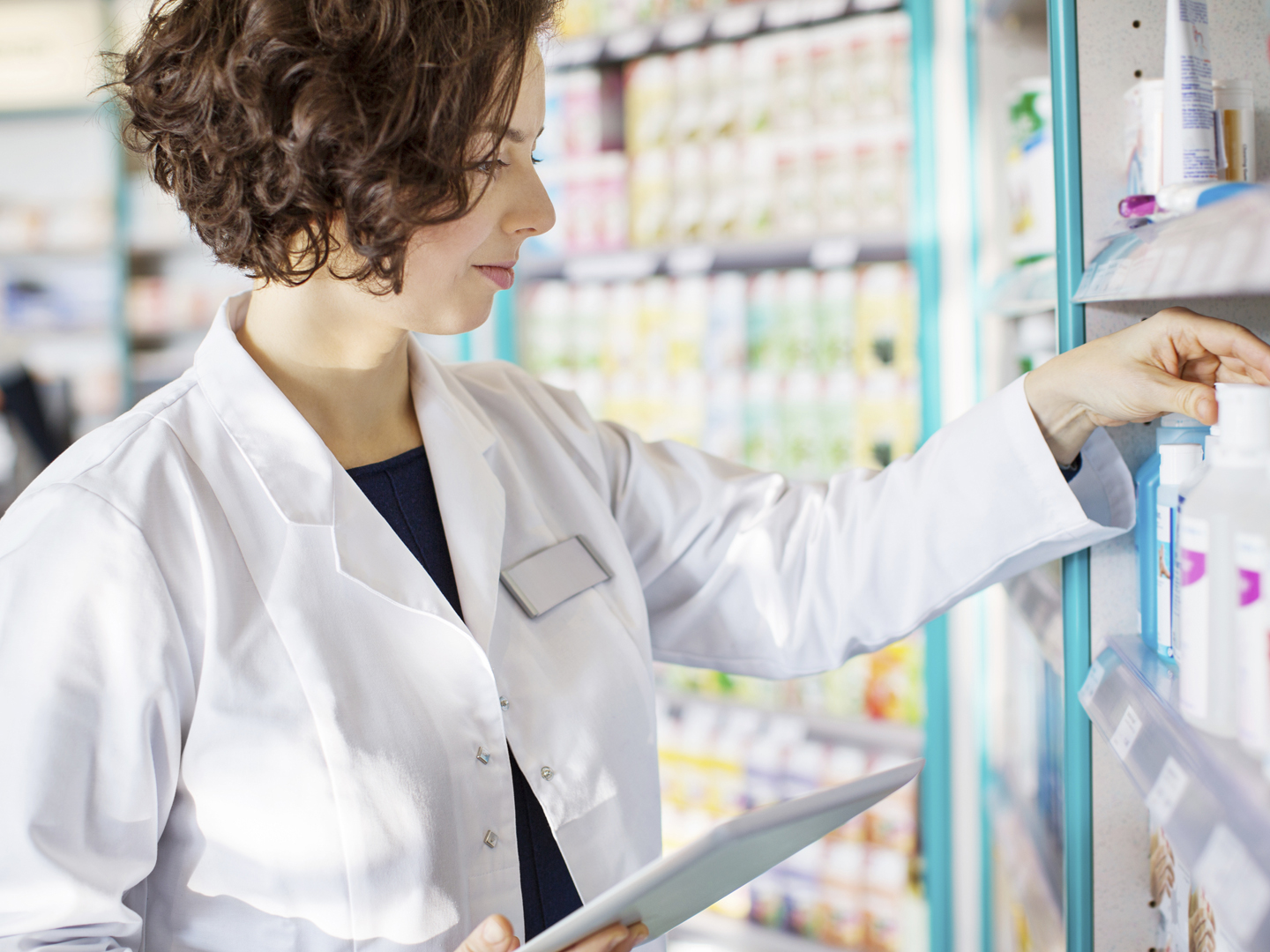Environmental Toxins Threaten Fetus?
I’m pregnant, and I’ve heard that the toxic substances that surround us in the modern world can be a serious threat to a fetus, raising risks to his or her long-term health. Do you agree? If so, what can be done?
Andrew Weil, M.D. | December 16, 2013

I do agree. My colleague at the Arizona Center for Integrative Medicine, Victoria Maizes, M.D., has studied research on the effects of environmental toxins on fetal development, and her findings are worrisome. In her book Be Fruitful: The Essential Guide to Maximizing Fertility and Giving Birth to a Healthy Child, she points out that some 87,000 synthetic chemicals are registered for use with the Environmental Protection Agency. Only about 200 have been studied for health effects on human beings in general, let alone on a developing fetus. Only five have been removed from production.
Yet it’s clear that these chemicals – ranging from pesticides in foods to plasticizers in packaging – are making their way into the womb. Dr. Maizes cites a study of 10 babies born in five states between December 2007 and June 2008. It found an average of 232 different environmental chemicals in the babies’ umbilical blood. This matters, as research clearly indicates that fetal exposure to toxins can raise risks that a child will suffer from learning disabilities, cancer, diabetes and heart disease as he or she grows.
Fortunately, on September 24, 2013, The American College of Obstetricians (ACOG) and the American Society for Reproductive Medicine (ASRM) took an important step in raising awareness. They issued a Joint Committee Opinion stating that, “Patient exposure to toxic environmental chemicals and other stressors is ubiquitous, and preconception and prenatal exposure to toxic environmental agents can have a profound and lasting effect on reproductive health across the life course.”
The opinion goes on to assert that ACOG and ASRM “join leading scientists and other clinical practitioners in calling for timely action to identify and reduce exposure to toxic environmental agents while addressing the consequences of such exposure.” This frank recognition by mainstream physician groups of the potential hazard could provide much-needed leverage in creation of tougher environmental protection regulations.
In the meantime, Dr. Maizes and I have some simple, practical steps nearly any woman can take to lower the chance that her fetus will suffer significant exposure. These include:
- Eat organic foods: Eating fruits and vegetables from the Environmental Working Group’s “Clean 15” rather than it’s “Dirty Dozen” list can reduce pesticide exposure 92 percent.
- Avoid plastic-wrapped and canned foods; these can contain leached plasticizers and bisphenol A, respectively.
- Use the Natural Resources Defense Council’s “Consumer Guide to Mercury in Fish” to avoid seafood with high levels of heavy metals.
- Use EWG’s “Skin Deep” database to find safer versions of shampoo, sunscreen, makeup and other personal care products.
- Employ non-toxic cleaners: Make your own, or buy prepared versionS at natural foods stores.
Keep in mind that there’s a middle ground here. No woman who is, or may soon become, pregnant should be oblivious to potential hazards, but feeling overwhelmed by the impossible task of avoiding every minor toxic exposure isn’t wise either. Pregnancy should, to the maximum extent possible, be a happy and relaxed period in a woman’s life. Make a few low-stress, prudent choices each day and you’ll greatly increase the odds of a successful pregnancy and a healthy baby. For additional, practical advice on avoiding toxic chemical exposure while pregnant, see Dr. Maizes’ website.
Andrew Weil, M.D.









